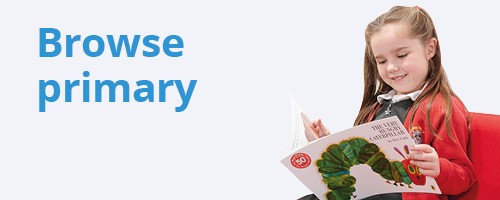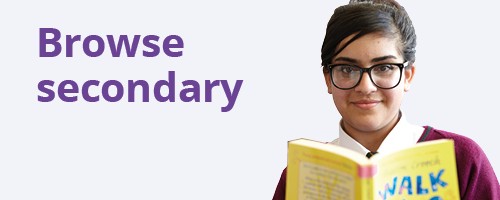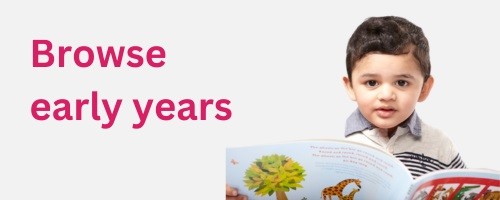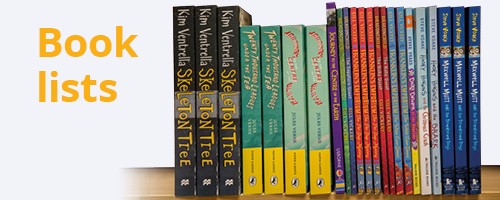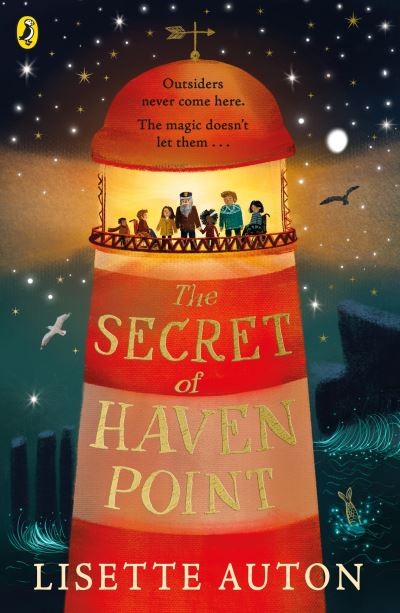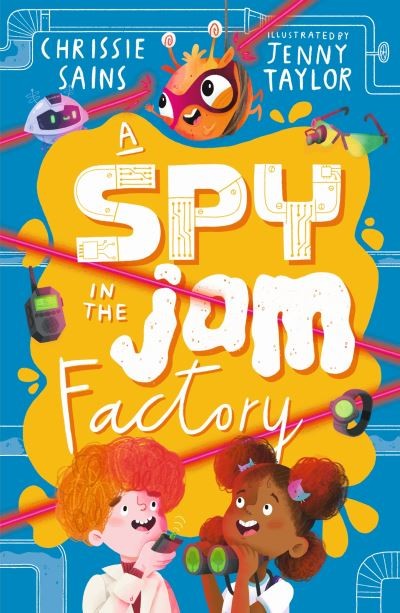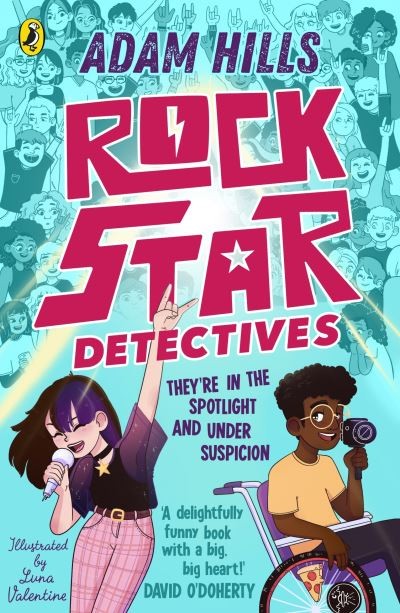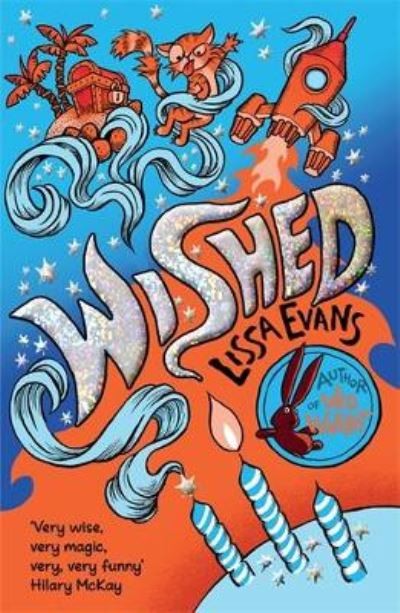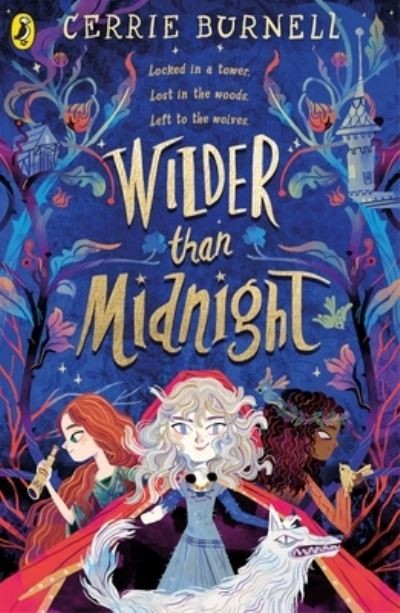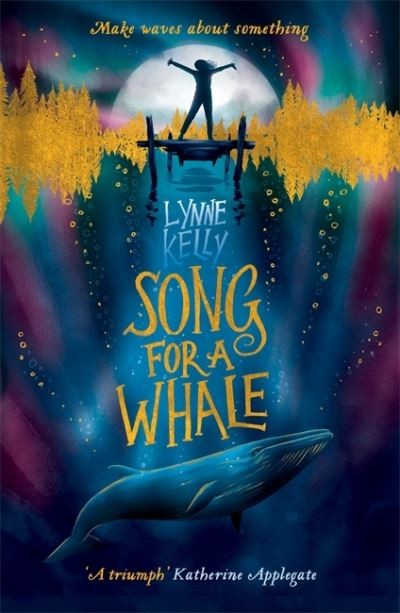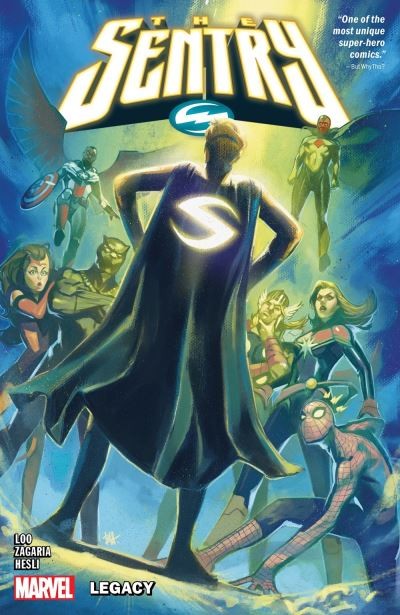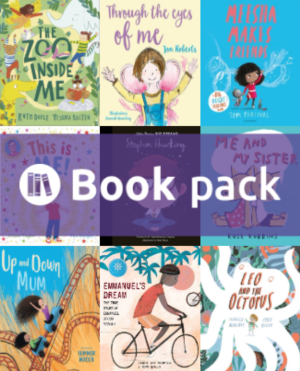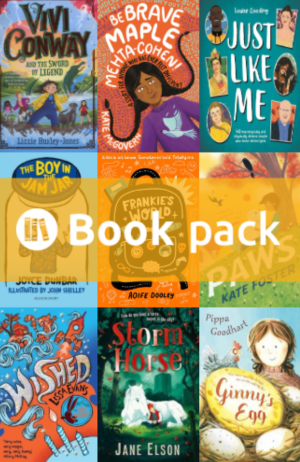Schools please note: due to the summer holidays we will automatically hold all school books and furniture orders due between Wednesday 16 July and Monday 1 September 2025. Delivery will resume from Tuesday 2 September 2025. If your school remains open for deliveries during the summer and you would like to receive your order during this time, please get in touch in advance by calling 0121 666 6646 or emailing hello@peters.co.uk.
For help, advice and telephone ordering call our team on 0121 666 6646
Are you sure you wish to delete this basket?()
This action cannot be undone.
Sorry, something went wrong
Please report the problem here.
Representation in children's and teen fiction for children with disabilities
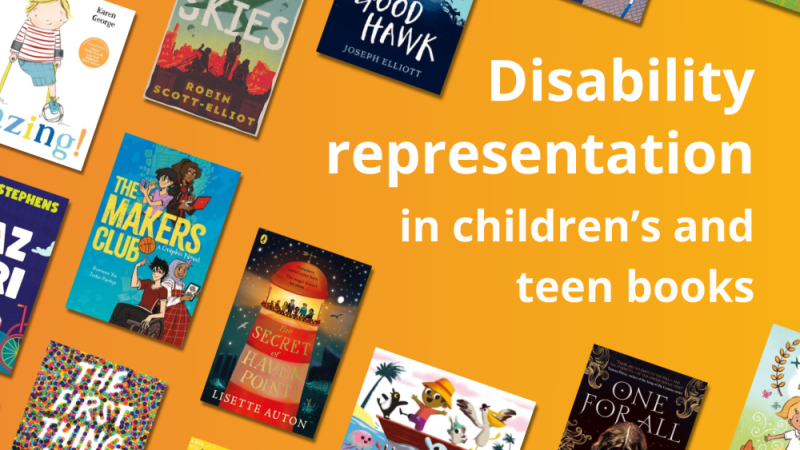
November 18th 2024
It’s well known that books and reading are a powerful tool for shaping young minds and fostering empathy. Reading books where characters are disabled allows abled-bodied readers an insight into the lives and feelings of those characters, and crucially allows children who live with disabilities to see themselves represented in fiction.
Of especial importance are books written and/or illustrated by people who live with disability, such as Ade Adepitan and Cerrie Burnell, as this provides an authentic depiction of life with a disability.
Senior Children's Book Specialist Lucy offers advice on building an inclusive children's book collection which represents a range of disabilities and experiences. Plus, we list top reading recommendations which feature and centre characters with disabilities.
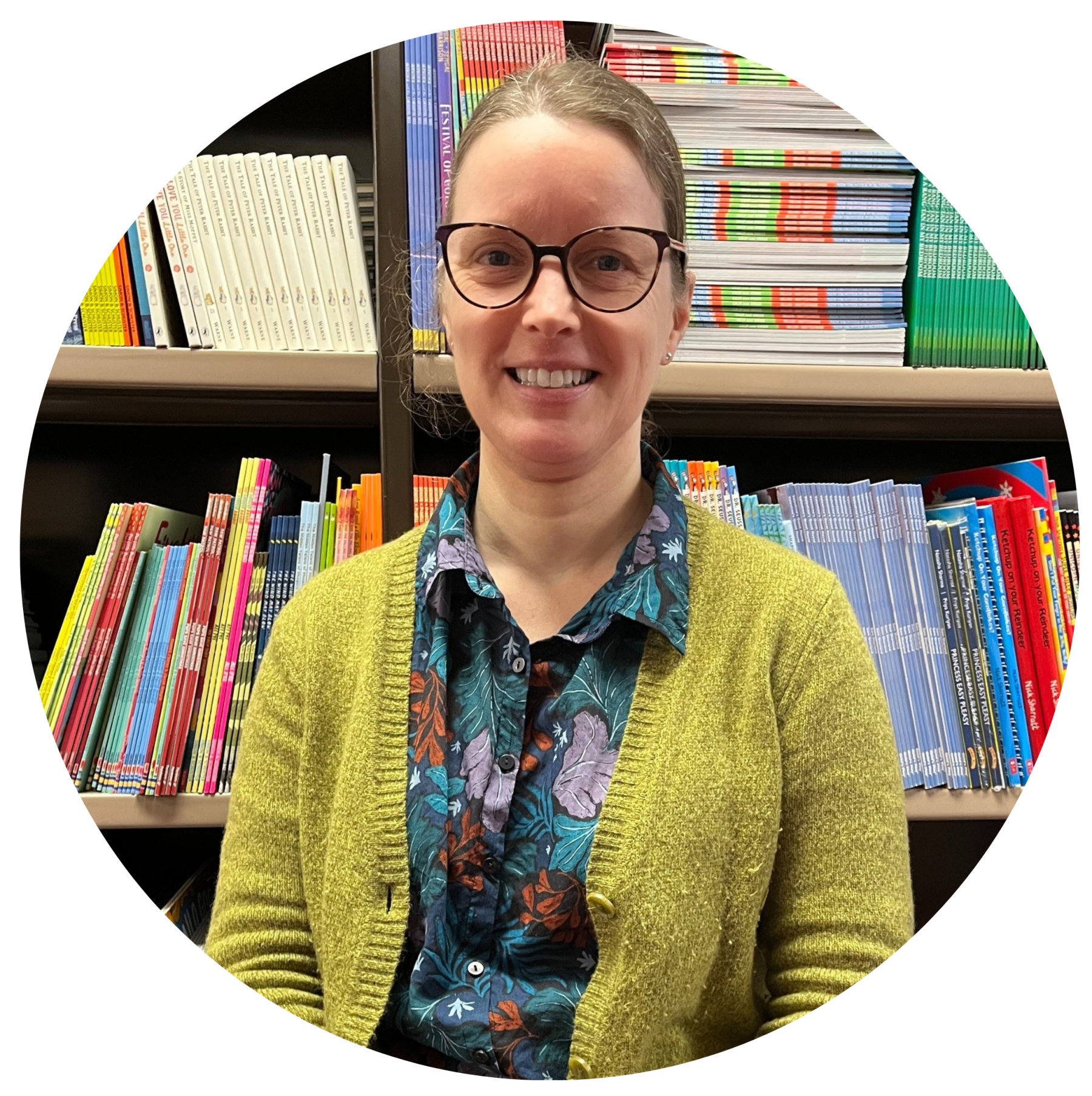 |
Lucy | Senior Children's Book Specialist Lucy has spent her life surrounded by books. An avid reader from a young age, she had Saturday jobs in the local library then completed a degree in English Literature before working for Nielsen providing bibliographic data to Amazon and Waterstones. Now she helps to select books for schools, including overseeing and advising on class sets. |
Poor representation in the past
Historically, characters with disabilities in children’s literature were often depicted in a limited and stereotypical manner. In the 19th century, disabled characters were frequently portrayed as pitiable, dependent, or as objects of charity. These characters were rarely given depth or individuality, often serving as mere plot devices to evoke sympathy or to teach moral lessons.
For example, in A Christmas Carol, Tiny Tim is a classic example of a character whose disability is used to highlight the benevolence of others rather than to explore his own experiences and strengths.
Similarly, in Frances Hodgson Burnett’s The Secret Garden, Colin Craven’s disability is initially portrayed as a source of weakness and isolation, only to be “overcome” through the power of positive thinking and physical activity.
Children's literature today
Today’s children’s literature has made significant strides in portraying characters with disabilities in a more nuanced and empowering manner. Modern books often emphasize the strengths, individuality, and agency of these characters, moving away from stereotypes and towards authentic representation.
More recently, characters with disabilities appear in books where, for example, they’re clearly a wheelchair user, but the story has nothing to do with being in a wheelchair. Amazing by Steve Antony is a great example.
In the Dread Wood series by Jennifer Killick, one of the characters, Gus, has a stoma bag that’s only mentioned in passing.
The secret of Haven Point by Lisette Auton centres obviously disabled characters, who all experience a thrilling adventure in exactly the same way as abled-bodied characters would. They are all vivid, exciting characters, with their own flaws and shortcomings.
James Catchpole’s picture book What happened to you? is about a boy with one leg who is fed up of all the questions he’s being asked about his leg by other children. It's is a fantastic example of seeing the person, not the disability. It's also great for opening up discussion with children.
Young characters with disabilities
Teen characters with disabilities
Creating an inclusive book collection
In order develop a truly inclusive book collection in your libraries and classrooms, you should choose books that represent a wide range of disabilities and experiences. This helps students see the diversity of the human experience and fosters empathy and understanding.
It’s important to include books that focus on the strengths and abilities of characters with disabilities. And perhaps most importantly of all, don’t separate these books out into a “Disability Collection”. They should be included in the library and on classroom shelves with all of the other books, just as disabled children are included with the school community.
More advice for inclusive school librariesIf you work in a school, there are several ways you can create a reading space which reflects your community and builds their empathy. From auditing your existing stock to involving children and young people in decisions, Children's Book Specialist Stephanie offers 12 top tips for developing a library or book collection which support diversity and inclusion in our dedicated blog. |
Recommended reads from Inclusive Books for Children and Peters
For ages 1-9, charity Inclusive Books for Children have curated book lists which reflect the experiences of those with neuro and physical diversity.
Senior Children's Book Specialist Lucy also created a book list for children and a book list for teens where the main characters have a disability. Our book packs for primary and secondary schools also feature fiction and non-fiction which explores the experience of people who are neurodiverse or have a disability.
|
|
Read next:4 key areas of support for students with ADHD |
|
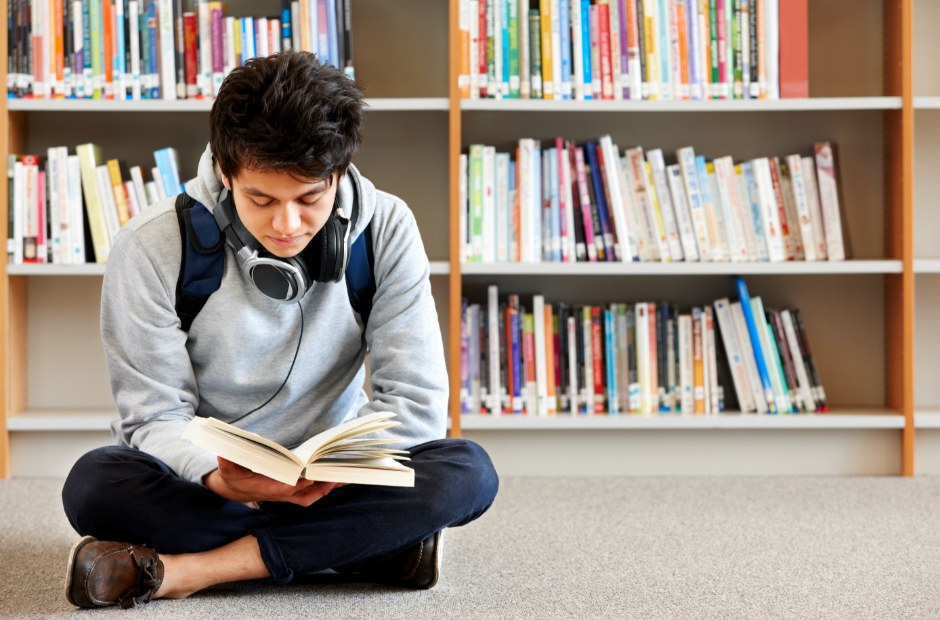 |

